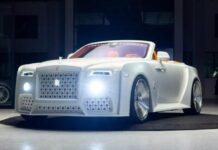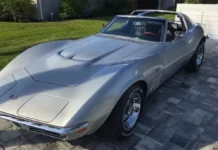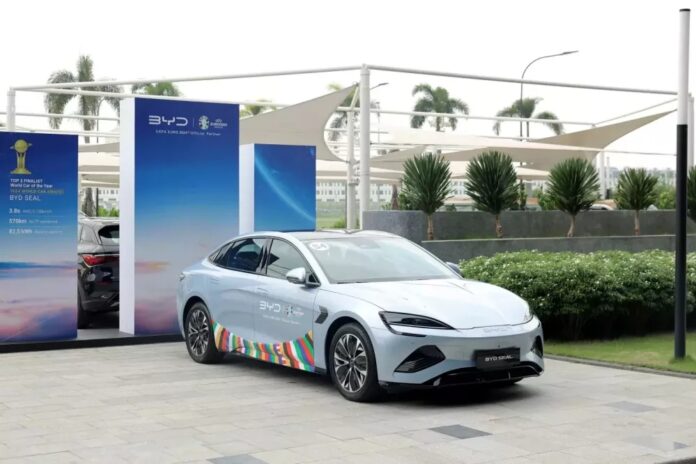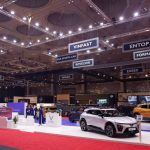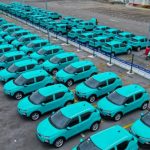Electric Vehicle Sales Double in Southeast Asia
According to research firm Counterpoint Research, electric vehicle sales in Southeast Asia more than doubled in the first quarter of 2024 compared to a year earlier. Meanwhile, sales of ICE (internal combustion engine) vehicles fell by 7%.
Counterpoint analyst Abhik Mukherjee said, “As Japanese and Korean automakers, who dominate ICE vehicle sales, are slow to capture the EV market, Chinese manufacturers are stepping in to fill the void.”
“More than 70% of electric vehicle sales in the region are from Chinese brands, led by BYD,” he said. In the first quarter of 2023, 75% of all electric vehicles sold in Southeast Asia came from Chinese automakers.
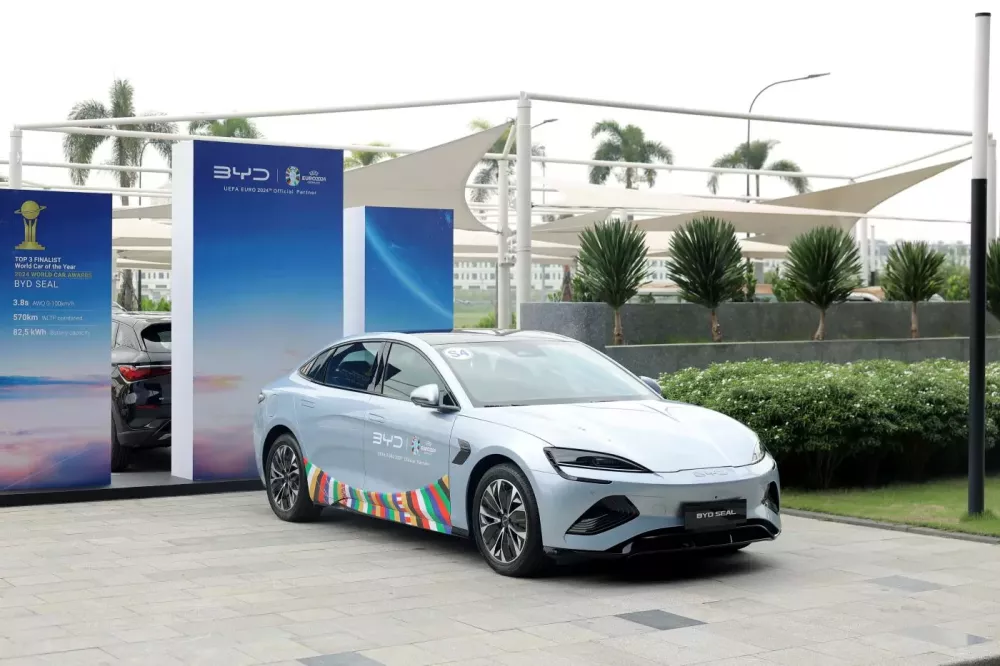
BYD electric vehicles are popular in Southeast Asia
Thailand, the second-largest economy in Southeast Asia, where Chinese automakers have committed to investing over $1.44 billion to establish new electric vehicle manufacturing facilities, is leading the electric vehicle market.
Thailand is also currently the largest manufacturing hub for internal combustion engines in the region, particularly for Toyota and Honda. Currently, Thailand accounts for 55% of total electric vehicle sales in Southeast Asia in the first quarter, up 44% from last year.
BYD has found early success in Southeast Asia through distribution partnerships with major local corporations.
Meanwhile, US electric automaker Tesla saw its market share in the region drop to 4% in the first quarter, despite a 37% increase in sales during the same period.
Several Southeast Asian countries, including Thailand and Indonesia, have implemented incentives for electric vehicles and attracted new investment. This call has been answered by Chinese automakers.
“Southeast Asia is becoming an important expansion area for Chinese OEMs,” said Mukherjee.
The Rise of VinFast
“Vietnam has seen even more impressive growth, with BEV sales increasing by over 400%, contributing to nearly 17% of regional sales,” said Counterpoint. Across the region, China’s best-selling electric vehicle manufacturer BYD maintained its leading position, accounting for 47%, followed by Vietnam’s VinFast.
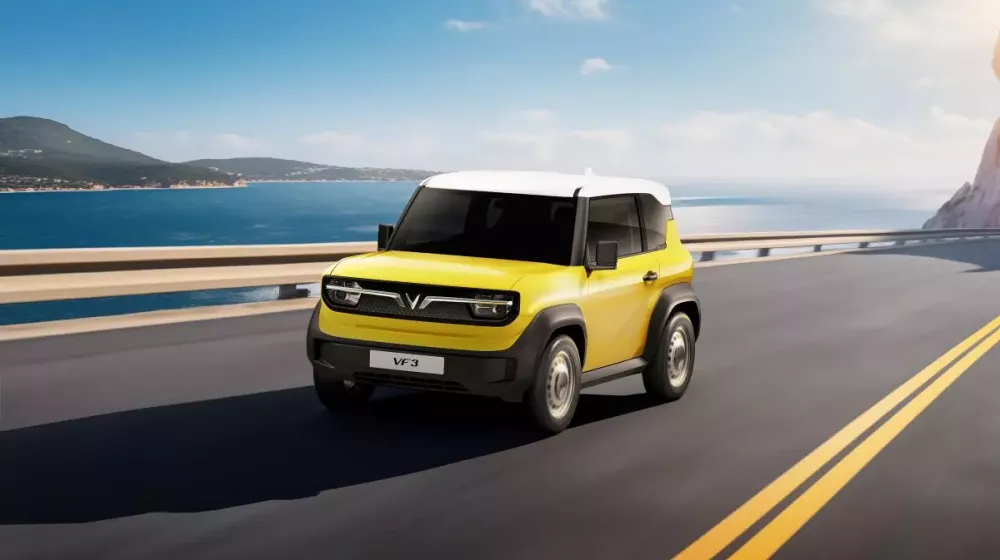
The new VinFast VF3 model launched in Vietnam
The Vietnamese electric vehicle market in 2024 also saw the entry of a series of Chinese electric vehicle brands such as Haval, Wuling, Omoda&Jaecoo, Lynk&co, and BYD. Most Chinese electric vehicle brands are still making slow progress in the Vietnamese market and have not recorded any breakthrough in sales. The biggest barrier for Chinese electric vehicle brands in approaching Vietnamese customers is the charging infrastructure, which VinFast has already addressed and done very well.
Over 32,000 members celebrate VinFast Global Community’s birthday
The week-long global VinFast Community Birthday Celebration (7-14/10) was a lively series of events that took place from the North to the South, creating unforgettable moments and memories for all participants. It affirmed the position of VinFast as a sophisticated and tightly-knit community of car owners, unrivaled in Vietnam.

